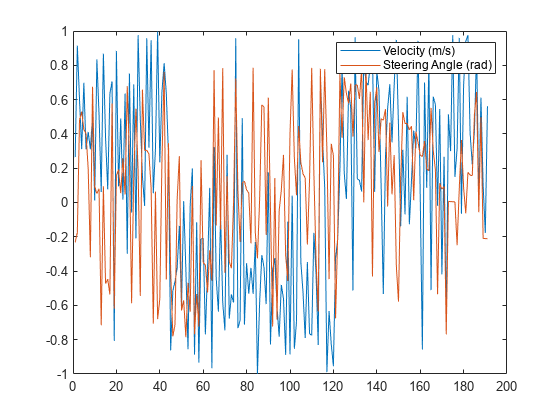plan
Syntax
Description
path = plan(planner,startState,goalState)startState and
goalState.
The planning is carried out based on the state propagator, which leverages a kinematic
model and controllers of the system to search the configuration space. The planner returns a
navPathControl
object, path, which contains the propagator used during planning and a
sequence of states, controls, target states, and control durations.
[___,
also returns the solution information solutionInfo] = plan(planner,startState,goalState)solutionInfo of the path
planning.
[___] = plan(
takes in a function handle that produces a goal configuration when called. The function
handle should take no inputs and generate a goal state whose size matches
planner,startState,goalSampleFcn)startState.
Examples
Input Arguments
Output Arguments
Extended Capabilities
Version History
Introduced in R2021b
![Figure contains an axes object. The axes object with title Occupancy Grid, xlabel X [meters], ylabel Y [meters] contains 4 objects of type image, line. One or more of the lines displays its values using only markers](../../examples/nav/win64/PlanKinodynamicPathWithControlsForMobileRobotExample_01.png)
